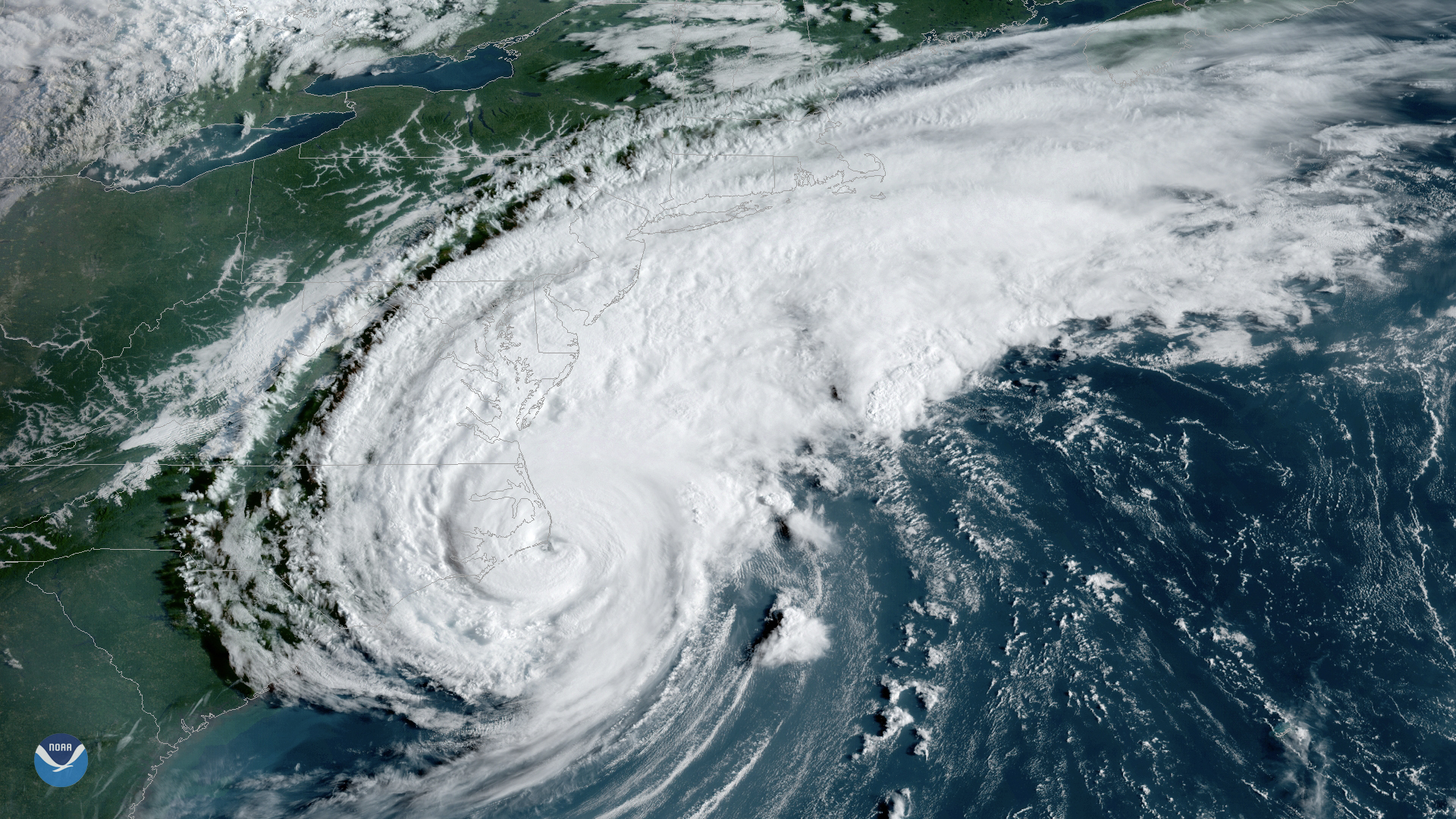Heroes for the Half-Shelled
When it comes to making wildlife rescue easy, turtles have two main advantages over other species: they’re slow, and they’re stackable.
“Turtles are very tough animals, and it’s due in large part to their slow metabolism,” says Dr. Greg Lewbart, aquatic animal specialist and advisor to NC State’s Turtle Rescue Team (TRT). “Freshwater turtles can survive without food for a month – some sea turtles can do without for up to three months. When they’re injured, a slow metabolism means that they don’t need medication as often. Plus, they’re quiet animals and don’t need a lot of space for recovery.”
That’s where the stackable part comes in. Turtle team headquarters is full of the plastic bins that allow patients to rest and rehabilitate. Since the team is on track to see more than 300 freshwater turtles this year, space is at a premium. Metal racks originally designed for kitchen trays allow the bins to be “stacked” and ensure that the team has room for all patients to recover in peace.
Lewbart, with the help of wildlife rehabilitator Linda Henis, founded the turtle team in 1996, and estimates that it’s treated about 2,500 snappers, sliders, box, painted, mud, musk, and river cooter turtles since then. The team is an all-volunteer effort, led by two co-presidents who coordinate round-the-clock schedules for four teams. While most of the volunteers come from NC State’s College of Veterinary Medicine, you don’t have to be a vet student to help out.
“Each case is assigned a rehab coordinator, who oversees the process and coordinates with local volunteers regarding releases,” says Lewbart. “Since turtles are creatures of habit, we try to arrange releases in the same general area that they were found, but if that area isn’t safe, we try to at least keep it in the same county.”
Safety is a priority, since about 70 percent of the cases the team sees are trauma-related, either from vehicles or dog attacks. They also see turtles with injuries from fishing lines or hooks, and the remainder of the cases are turtles who are just under the weather, with respiratory diseases or other infections.
Then there are the babies. The turtle team has helped about 50 little ones hatch this year. “Most of the turtles on the move are females heading to a nesting site, and that’s how they get into trouble – trying to cross the road,” Lewbart says. “Sometimes we can’t save the mother, but we can take the eggs and incubate them, then release the hatchlings. So we can help preserve the population that way.”
Not Just Freshwater
Lewbart doesn’t just work on freshwater turtles. The College of Veterinary Medicine has a coastal presence through NC State’s Center for Marine Sciences and Technology (CMAST). Dr. Craig Harms, an aquatic animal specialist based at CMAST, often coordinates with coastal rescue facilities like the Karen Beasley Sea Turtle Rescue and Rehabilitation Center (KBSTRRC), and sometimes refers cases back to Lewbart. Over the course of Lewbart’s career, he and Harms have treated about 200 of the endangered creatures.
This year Lewbart presided over surgery on Holden III, a seven-pound green turtle who had taken a propeller to the head. With turtle surgery, creative thinking is key. Holden III’s wound was repaired by affixing women’s dress hooks onto her skull and wiring the wound closed. She is back at the coast recovering, and if all goes well she may be able to return to the sea in 2013.
On the other end of the size spectrum, Lewbart also did some follow-up work on Ocean’s Eleven, a 195-pound loggerhead whose unfortunate encounter with a boat in 2009 had left her with 11 artificial plates stitching her shell back together. Lewbart is hopeful that Ocean’s Eleven will be ocean-bound again in the spring of 2013.
- Categories:


